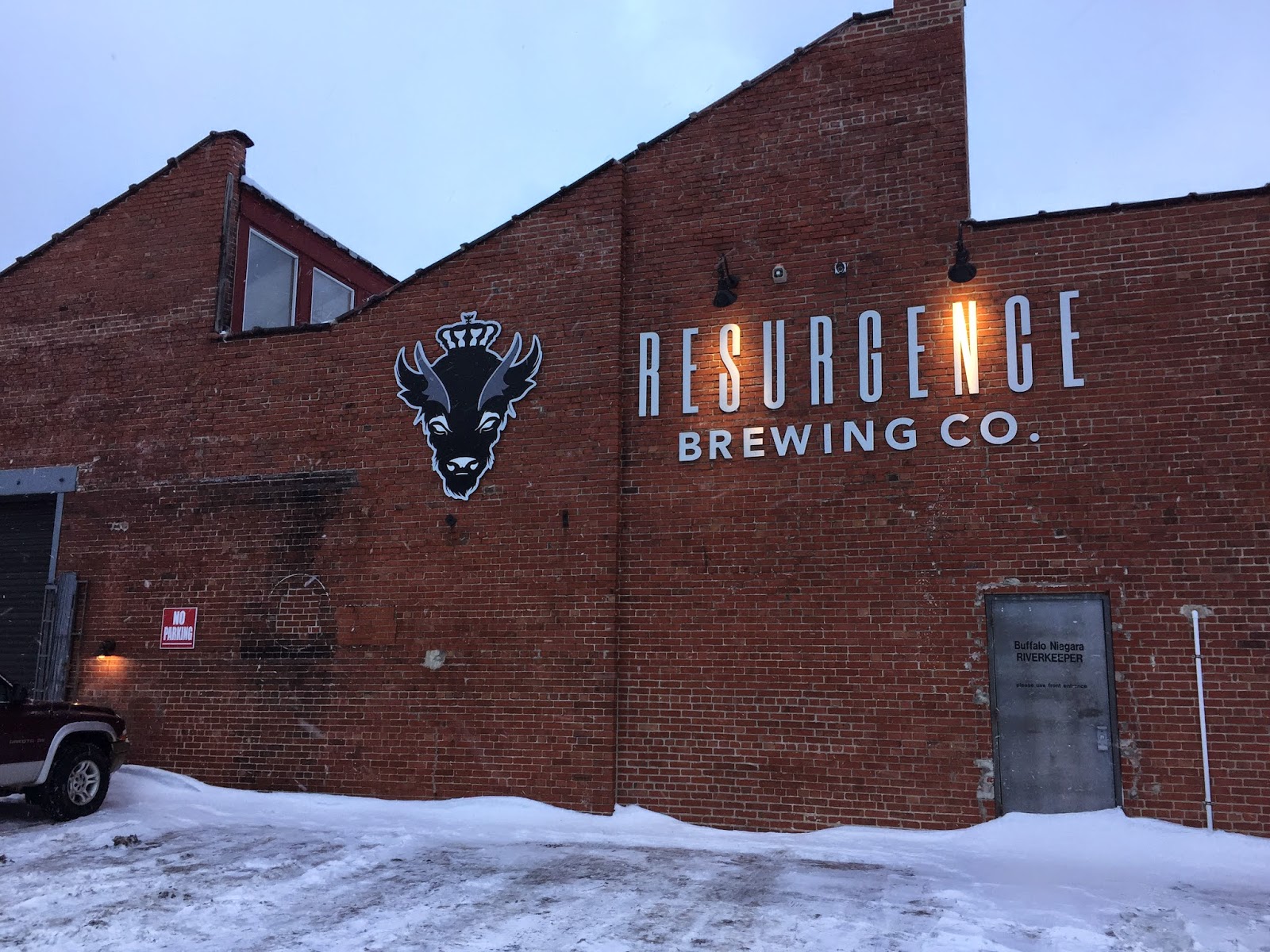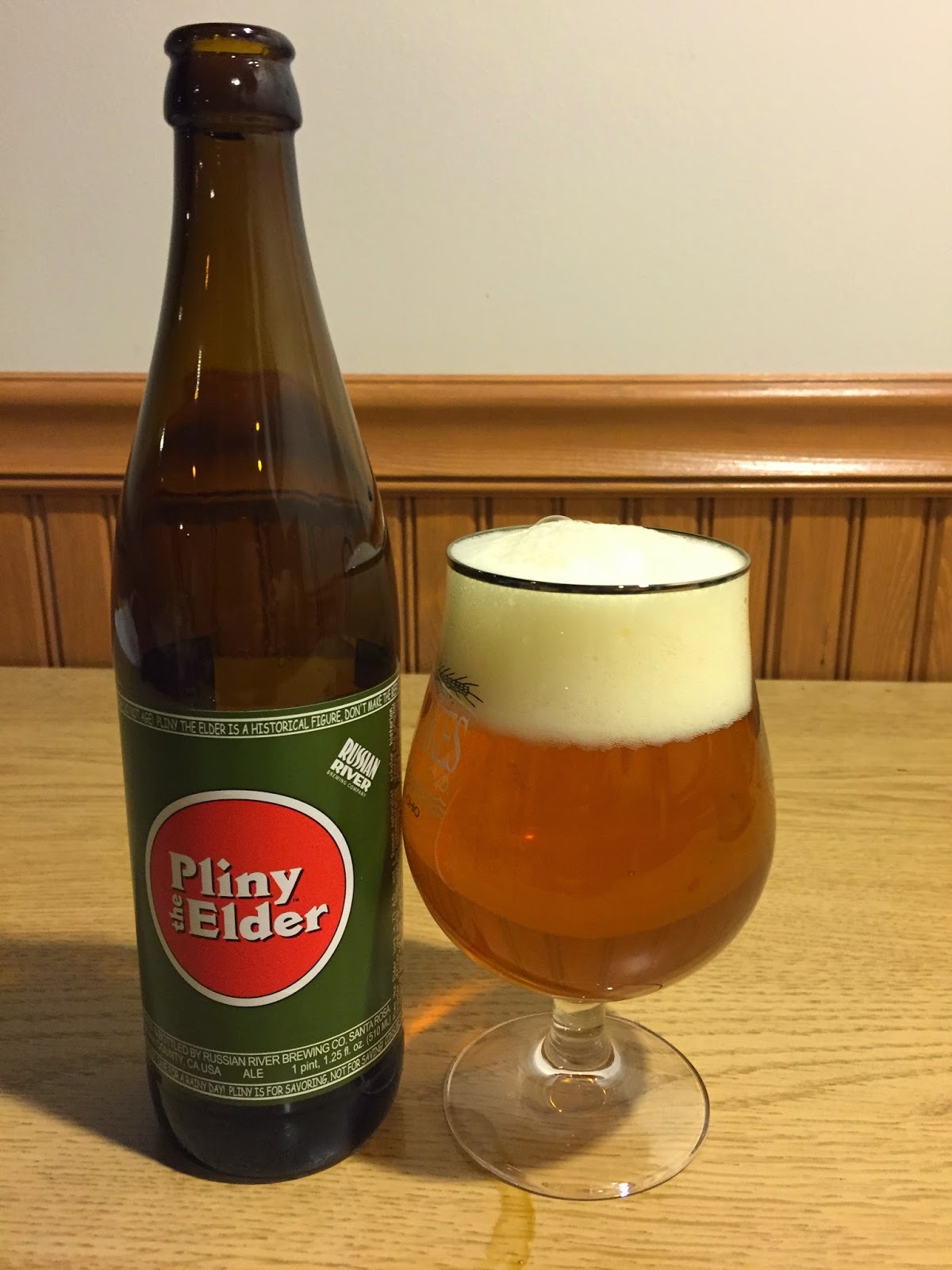Alpha vs. Beta Acids: What's Different?
Brewers believe that alpha acids are of primary importance to consider when brewing a beer. Beta acids are only important when considered in context with alpha acids. Below is a list of some known alpha and beta acids:
Alpha acids:
(1) Humulone
(2) Cohumulone
(3) Adhumulone
(4) Posthumulone
(5) Prehumulone
Humulone
Beta acids:(1) Lupulone
(2) Colupulone
(3) Adlupulone
Lupulone
So why do brewers seemingly care more about alpha acids than beta acids when building a beer? Notice that the structures of these compounds are very similar. But in chemistry even a small difference can result in a significant impact in the characteristics of a compound.
As compared to humulone, the addition of some carbons on the lower part of the lupulone molecule result in beta acids being insoluble. Alpha acids are soluble in the brewing process and are converted to iso-alpha acids. Iso-alpha acids content is measured and reported as International Bitterness Units (IBUs). Beta acids on the other hand are relatively insoluble during brewing and therefore do not contribute much to the perceived bitterness of beer.
So Why Care About Beta Acids?
Beta acids comprise a significant percentage of lupulin and hop oils. In fact, most hops contain just as many beta acids as alpha acids. The beta acids do not seem important during the brewing process. However, beta acids isomerize when stored over time. And when they isomerize, beta acids do contribute to perceived bitterness. In fact, isomerized beta acids are perceived as being much more bitter than alpha acids (and not in a good way). Therefore, the ratio of alpha acids to beta acids does seem to matter. A list of some hop strains and their alpha/beta acids ratio is shown below.
Hop: Alpha/Beta Acids Ratio:
Czech Saaz: 1
Tettnang: 1.3
Hallertauer: 2
Northern Brewer: 2
Chinook: 3.8
Warrior: 3.2
Cascade: 1
Amarillo: 1.5
Simcoe: 2.9
A number higher than 1 indicates that this hop has an equal amount of alpha and beta acids. A number of 2 indicates twice as much alpha acids as beta acids, etc. As the beer ages, the alpha acids seem to lose their bittering power, but beta acids bitterness becomes more pronounced over time. Beta acids seem to produce a harsher and perhaps undesirable hop flavor as they isomerize.
The bottom of this graph shows the relative composition of alpha to beta acids in selected hop strains. Note that some hops have a much higher degree of alpha acids compared to beta acids.
In summary, The impact of beta acids is perhaps less understood than of the alpha acids. The importance of beta acids does seem to play a role in the aging of the beer. But let's be honest- in general, aging is not a desirable trait in beer. Alpha acids also decompose and oxidize over time. So beer actually loses bitterness upon aging. The bitterness of beta acids is harsher than that of alpha acids, and beta acids may in part help beer retain a qualitatively different level of bitterness upon aging.
References:
The Hop Yard: Alpha and Beta Acids
Love2Brew
Alpha Analytics Hop Profile Chart





















































